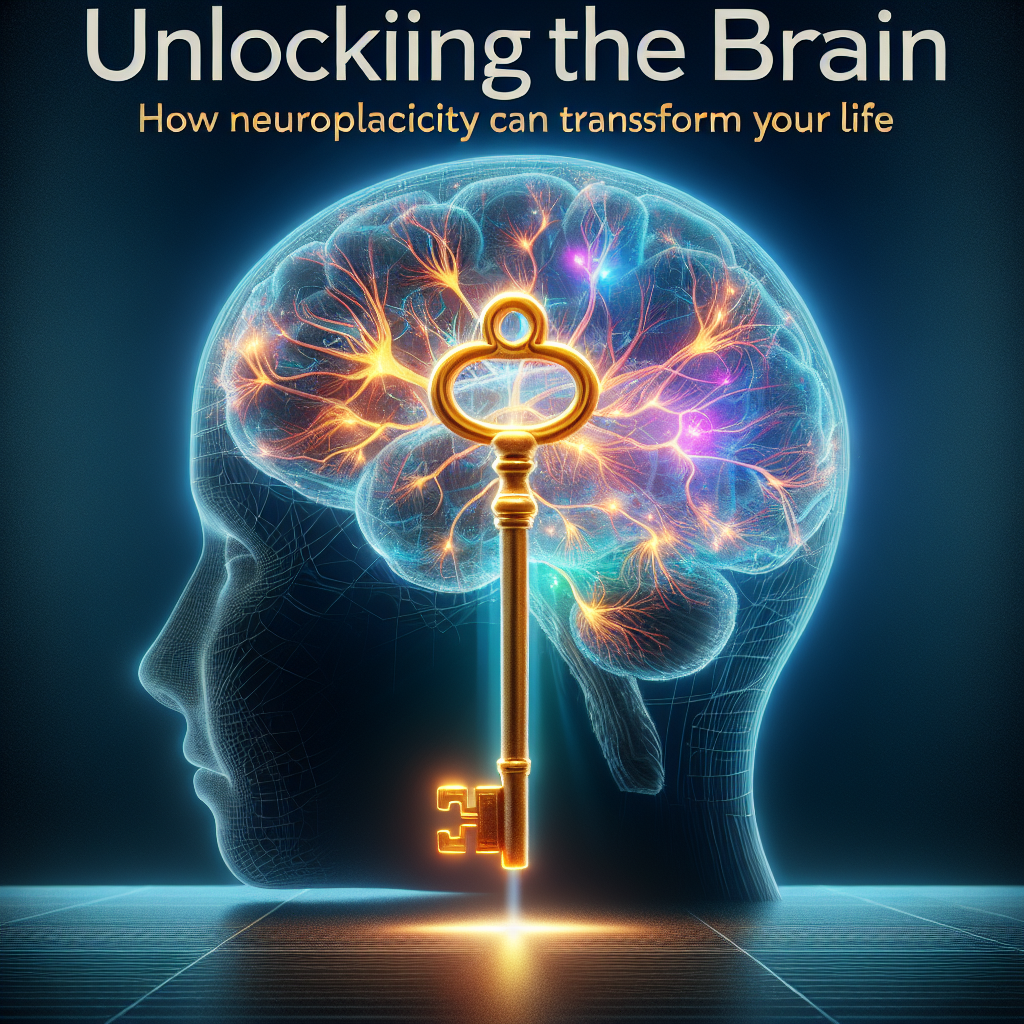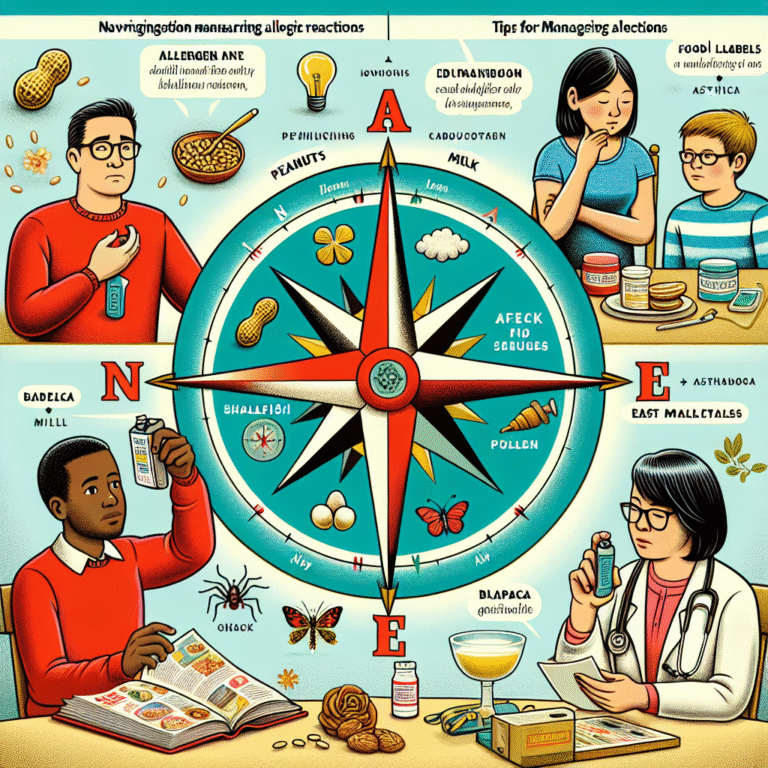
Introduction: A New Era in Understanding the Human Mind
Imagine waking up one day with the ability to change your thoughts and behaviors consciously. Seemingly a product of science fiction, this phenomenon is rooted in a powerful concept: neuroplasticity. Unlocking the brain and understanding how neuroplasticity can transform your life is not just an intriguing idea but a reality backed by science. This fascinating field demonstrates that our brains are not rigid structures; they are fluid and adaptable, capable of profound change at any age. In a world where challenges and opportunities abound, understanding neuroplasticity could lead to personal transformation, optimal mental health, and innovative solutions to life’s problems.
What is Neuroplasticity?
Neuroplasticity refers to the brain’s ability to reorganize itself by forming new neural connections throughout life. This ability is crucial for learning, memory, and recovery from brain injuries. The brain adjusts and rewires based on experiences, which means our thoughts and behaviors can be modified intentionally.
The Science Behind Neuroplasticity
Neuroplasticity can be categorized mainly into two types:
- Functional Plasticity: This allows the brain to move functions from damaged areas to undamaged areas.
- Structural Plasticity: This refers to the brain’s ability to physically change its structure as a result of learning or experience.
Table 1: Types of Neuroplasticity
| Type | Description |
|---|---|
| Functional Plasticity | Shifts functions from damaged areas to intact regions |
| Structural Plasticity | Changes the physical structure of the brain based on new experiences |
The Practical Applications of Neuroplasticity
Understanding neuroplasticity opens up new avenues for personal development and mental health. Let’s dive into several key areas where neuroplasticity can lead to profound life changes.
1. Healing from Trauma
Trauma can leave lasting scars on the brain, leading to conditions such as PTSD. However, neuroplasticity offers hope. Through targeted therapeutic methods, individuals can retrain their brains to respond differently to trauma triggers.
Case Study: The Story of John
John, a war veteran, struggled with PTSD for years. Through a combination of cognitive behavior therapy (CBT) and mindfulness meditation, he learned to rewire his brain’s response to trauma. His therapist guided him to confront his fears gradually, allowing John to form new neural pathways that replaced his fearful responses.
Analysis: This case illustrates how neuroplasticity can dramatically improve mental health by changing ingrained responses to trauma.
2. Enhancing Learning and Memory
Neuroplasticity is essential for learning new skills or languages. By engaging in deliberate practice, we create and strengthen the neural connections that facilitate learning.
Case Study: The Language Learner
Sarah, a middle-aged woman, decided to learn Spanish. By immersing herself in an intensive language program, she practiced daily. Within months, she could hold conversations fluently. This transformation occurred because her brain adapted, forming new neural pathways for language comprehension.
Analysis: Sarah’s experience emphasizes the brain’s incredible ability to adapt, reinforcing that it’s never too late to learn.
3. Overcoming Addiction
Addiction rewires the brain, creating pathways that prioritize substance use over healthier choices. However, therapeutic interventions harness neuroplasticity to help individuals regain control.
Case Study: Lenny’s Journey
Lenny fought a long battle with alcohol addiction. Through a comprehensive rehabilitation program focused on mindfulness and support groups, he learned to cultivate new habits. Lenny practiced recognizing cravings and using coping strategies, which rewired his brain’s reward system.
Analysis: Lenny’s case highlights how targeted interventions can leverage neuroplasticity to overcome longstanding behavioral patterns.
Neuroplasticity Techniques for Personal Transformation
To harness the benefits of neuroplasticity, certain techniques can be employed. Here are a few practical strategies:
1. Mindfulness Meditation
Mindfulness practices can change brain patterns associated with anxiety and stress. Studies show that regular mindfulness practice enhances emotional regulation through structural changes in related areas of the brain.
2. Cognitive Behavioral Therapy (CBT)
CBT focuses on changing negative thinking patterns, associating positive behaviors with different thoughts through neuroplasticity. This technique can successfully alter ingrained negative thought cycles.
3. Learning New Skills
Whether playing an instrument, painting, or coding, engaging in new activities stimulates the brain, promoting neuroplasticity. The more complex the skill, the greater the benefits for brain health.
Table 2: Techniques to Enhance Neuroplasticity
| Technique | Benefits |
|---|---|
| Mindfulness Meditation | Improved emotional regulation |
| Cognitive Behavioral Therapy | Altering negative thought behaviors |
| Learning New Skills | Stimulates brain activity and adaptability |
Unlocking the Brain for Lifelong Learning
The concept of "Unlocking the Brain: How Neuroplasticity Can Transform Your Life" implies a continual journey. As we venture through different life stages, embracing new experiences becomes vital for brain health.
Aging and Neuroplasticity
Contrary to the old belief that neuroplasticity decreases with age, studies indicate that older adults also have the capability to create new neural connections. Engaging in intellectually stimulating activities and social interactions can enhance cognitive function and promote mental agility.
Conclusion: Embrace Your Brain’s Potential
Unlocking the brain through neuroplasticity reveals a remarkable capacity for change. Whether healing from trauma, enhancing learning, or overcoming addiction, understanding this profound ability can lead to significant life transformations.
By adopting techniques that promote neuroplasticity, you can take active steps toward creating a healthier, more fulfilling life. Remember, the journey of transforming your life begins with a single thought, a conscious decision to embrace change—a fantastic opportunity bestowed by the miraculous adaptability of your brain.
FAQs
1. What age can neuroplasticity occur?
Neuroplasticity can occur at any age. The brain has the capacity to reorganize itself throughout life, although the rate of change may vary.
2. Can neuroplasticity help with chronic pain?
Yes, neuroplasticity can play a role in pain management. Techniques such as mindfulness and cognitive behavioral therapy can help retrain the brain’s response to pain.
3. How long does it take to see results from neuroplasticity techniques?
Results can vary widely, but consistent practice of neuroplasticity techniques can lead to noticeable changes in weeks to months.
4. Are there specific exercises to promote neuroplasticity?
Yes, engaging in activities that challenge the brain, such as puzzles, learning new languages, or musical instruments, can promote neuroplasticity.
5. Can neuroplasticity help with depression?
Yes, research suggests that neuroplasticity plays a role in treating depression, particularly through therapies that encourage positive thinking and coping strategies.
By understanding and applying the principles of neuroplasticity, you can unlock the potential of your brain and transform your life in ways you never thought possible. So why wait? Start your journey today!

















